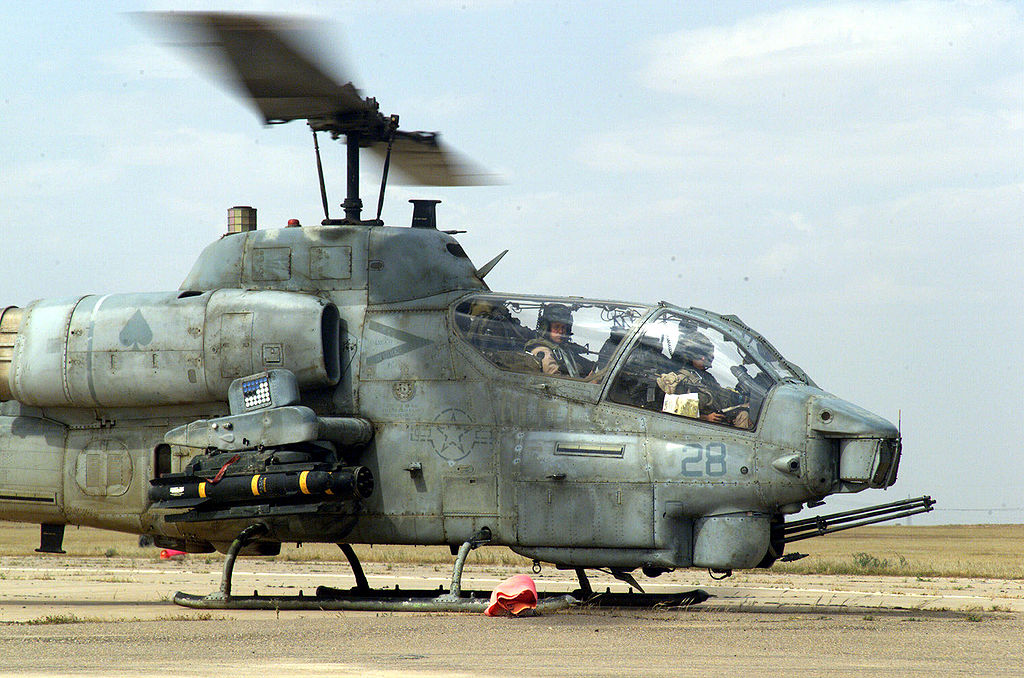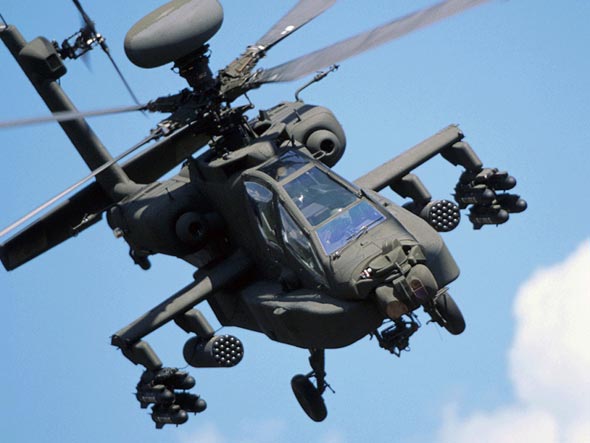AGM-114 Hellfire





A model of a Hellfire's components

About the missile :
Type Air-to-surface and surface-to-surface missile
Place of origin United States
Service history :
In service 1984–present
Production history:
Manufacturer Lockheed Martin
Unit cost US$110,000
Produced 1974–present
Specifications:
Weight 100–108 lb (45.4–49 kg)
Length 64 in (163 cm)
Diameter 7 in (17.8 cm)
Warhead High Explosive Anti-Tank (HEAT); 20 lb (9 kg) tandem anti-armor
Metal augmented charge (MAC); 18 lb (8 kg) shaped-charge
Blast Fragmentation
Engine Solid-fuel rocket
Wingspan 13 in (33 cm)
Operational range:
546 yd – 5 mi (500 m – 8 km)
Speed Mach 1.3 (995 mph; 450 m/s; 1591 km/h)
Guidance system :
Semi-active laser homing
millimeter wave radar seeker
Launch platform :
Rotary- and fixed-wing platforms,Unmanned combat air vehicles, tripods, ships, and ground vehicles
The Hellfire can be deployed from rotary- and fixed-wing aircraft, waterborne vessels and land-based systems against a variety of targets.
The development of the Hellfire Missile System began in 1974 with the U.S. Army requirement for a "tank-buster", launched from helicopters to defeat armored fighting vehicles. Production of the AGM-114A started in 1982. The Development Test and Evaluation (DT&E) launch phase of the AGM-114B took place in 1984. The DT&E on the AGM-114K was completed in Fiscal Year (FY)93 and FY94. AGM-114M did not require a DT&E because it is the same as the AGM-114K except for the warhead. Most variants are laser guided with one, AGM-114L "Longbow Hellfire", being radar guided.Laser guidance can be provided either from the launcher, such as the nose-mounted opto-electronics of the AH-64 Apache attack helicopter, other airborne target designators or from ground-based observers, the latter two options allowing the launcher to break line of sight with the target and seek cover.
For more about Hellfire history :
AGM-114 Hellfire - Wikipedia, the free encyclopedia










 is't passabel for HF missiles to be integrated to the AH-6?
is't passabel for HF missiles to be integrated to the AH-6?



